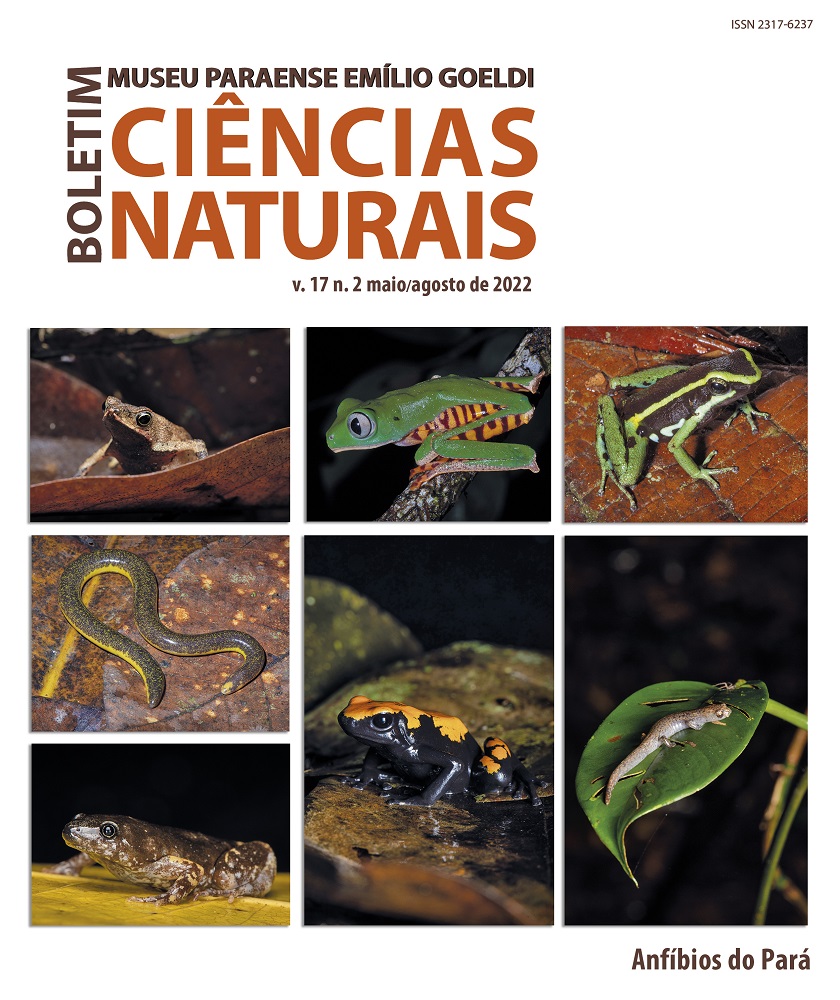Singularidade da brioflora em diferentes paisagens urbanas e o seu valor para a qualidade ambiental na cidade de São Paulo
DOI:
https://doi.org/10.46357/bcnaturais.v17i2.195Palavras-chave:
Área antrópica, Bosque heterogêneo, Briófitas, Floresta ombrófila densa, Parque Previdência, Parque IndependênciaResumo
Parques urbanos possibilitam ao público melhor compreensão da ação humana sobre o meio ambiente, como os parques Previdência e Independência, onde as briófitas foram estudadas nas áreas antrópicas, em bosque heterogêneo e na floresta ombrófila densa. O material (382 exsicatas), depositado nos herbários do Instituto de Pesquisas Ambientais e da Prefeitura do Município de São Paulo, revela uma brioflora (67 espécies) heterogênea para a área de estudo. A riqueza em espécies – maior na floresta ombrófila densa (Parque Previdência), menor na área antrópica (Parque Independência) e intermediária em bosques heterogêneos (ambos os parques) – evidencia a importância da brioflora como indicador da qualidade ambiental nesses locais. A brioflora mais rica para vegetação conspícua e densa (Parque Previdência) e o contrário disso para paisagens menos arborizadas (Parque Independência) confirmam que a arborização é importante para a conservação das briófitas nos parques urbanos paulistanos. O fato de mais espécies terem sido registradas na área do Parque Previdência, que está situada em região densamente arborizada, do que para o Parque Independência, situado em região mais urbanizada, demonstra que as briófitas são também úteis para o monitoramento da qualidade ambiental na cidade de São Paulo. Os parques possuem espécies endêmicas do Brasil e uma espécie ameaçada de extinção no estado paulista.
Palavras-chave: Área antrópica. Bosque heterogêneo. Briófitas. Floresta ombrófila densa. Parque Independência. Parque Previdência.
Downloads
Publicado
Edição
Seção
Licença
A publicação implica cessão integral dos direitos autorais do trabalho à revista. A declaração para a cessão de direitos autorais é enviada
juntamente com a notificação de aceite do artigo. Deve ser devolvida assinada via e-mail. Todos os autores devem assinar uma declaração.






